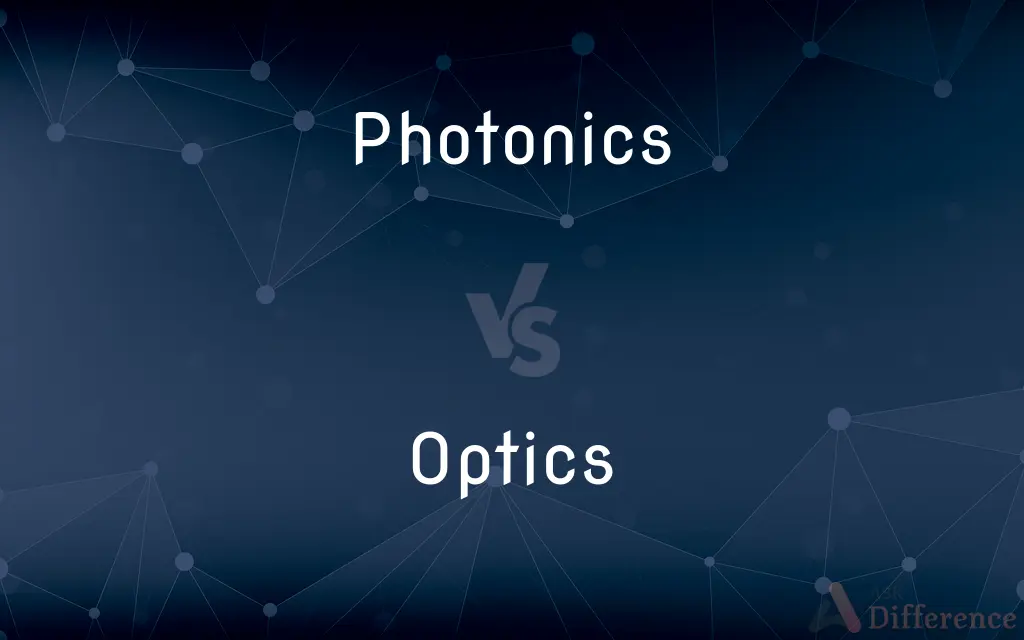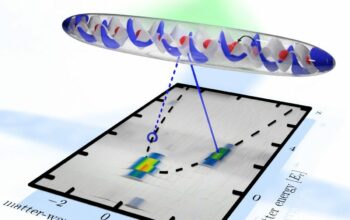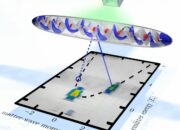In the realm of physics and engineering, the delineation between optics and photonics often becomes a cause of contention, akin to the distinction between a seasoned sailor and an ever-evolving navigator of the digital seas. While both domains engage with the manipulation of light, their methodologies, applications, and implications diverge significantly. This article endeavors to elucidate the nuanced differences between optics and photonics, enthralling readers with their unique appeal and investigative depth.
First, it is prudent to define each term in its own right. **Optics** is the venerable field that has existed for centuries, built upon the foundational science of light’s behavior. It encompasses the study of the physical properties of light, including its interactions with matter, through phenomena such as reflection, refraction, and diffraction. Historically, optics paved the way for the invention of magnifying glasses and telescopes, crafting a bridge from the observable to the incomprehensible universe.
Conversely, **photonics**, born out of modern advancements and technological innovation, denotes the generation, manipulation, and detection of photons—particles of light—often in the infrared or visible spectrums. Photonics is a more specialized branch, embracing the quantum properties of light and harnessing its capabilities for applications in telecommunications, medical imaging, and laser technology. If optics can be likened to the classical symphony of light, then photonics is akin to the avant-garde electronic music that pushes the boundaries of sound and perception.
To elucidate this distinction further, one can consider the broad classifications of optics: classical optics and quantum optics. Classical optics, rooted in the work of luminaries such as Thomas Young and Isaac Newton, pertains to the macroscopic interpretation of light. It employs deterministic models to explain light’s trajectory and interaction with various media. Quantum optics, emerging from the 20th century, embarks on a journey into the subatomic realm. This latter domain probes the wave-particle duality of light, culminating in the understanding that, at a fundamental level, light does not simply propagate but exhibits complex behaviors reminiscent of a dance choreographed by the laws of quantum mechanics.
While optics offers profound insights into the nature and behavior of light, photonics harnesses these insights to mold the very light that facilitates our technological advancements. It enables the development of optical fibers that bear information across vast distances with unprecedented speed and efficiency. Imagine light behaving like a fleet of ships, seamlessly transmitting data across oceans of information, unhindered by the turbulent waters of electromagnetic interference.
A salient differentiation lies in the operational principles within each field. Optics frequently employs lenses and mirrors to control light paths, relying on established geometric optics principles. In contrast, photonics incorporates advanced components such as holographic elements, electro-optic modulators, and laser systems. Here, one observes light as a versatile tool that conforms to the innovative mechanisms devised by contemporary physicists and engineers, rather than simply adhering to traditional behaviors.
Moreover, the applications of each field reflect their distinctive characteristics. Optics finds its forte in diverse realms ranging from everyday experiences—such as corrective lenses and photography—to sophisticated scientific instruments employed in astronomy and microscopy. Conversely, the applications of photonics resonate with contemporary technological endeavors: it is the backbone of fiber-optic communications, laser-based manufacturing processes, and the burgeoning field of quantum computing. Hence, while optics remains firmly rooted in classical principles, photonics expands outward, engaging the future with transformative potential.
One can also consider the implications of these distinct fields on societal advancement. Optics has, through its historical journey, been integral in deciphering the intricacies of the natural world, fostering innovations that enrich human understanding and experience. Yet, photonics stands at the vanguard of our modern technological landscape, propelling advancements that promise to revolutionize industries and enhance communication, healthcare, and energy efficiency.
Critically, one must grapple with the convergence of both fields in contemporary research. As technology advances, the boundary between optics and photonics increasingly becomes permeable. Hybrid systems, which merge both classical and quantum principles, explore new paradigms in sensing and imaging technologies. This intricate interplay opens new avenues for innovation, enabling novel applications that leverage both the heritage and future of light science.
In conclusion, while optics and photonics may appear to be mere branches of the same tree, they exemplify distinct approaches to understanding and utilizing light. Optics, with its historical gravitas, provides the foundational knowledge that illuminates our comprehension of nature. In contrast, photonics extends that knowledge into new territories of technology, crafting an ever-evolving narrative that shapes our future. With each advancement, be it through the crystalline clarity of an optical lens or through the pulsating data streams of photonic networks, humanity continues to unravel the enigmatic tapestry woven by light itself, forever fascinated by its unbounded potential.










